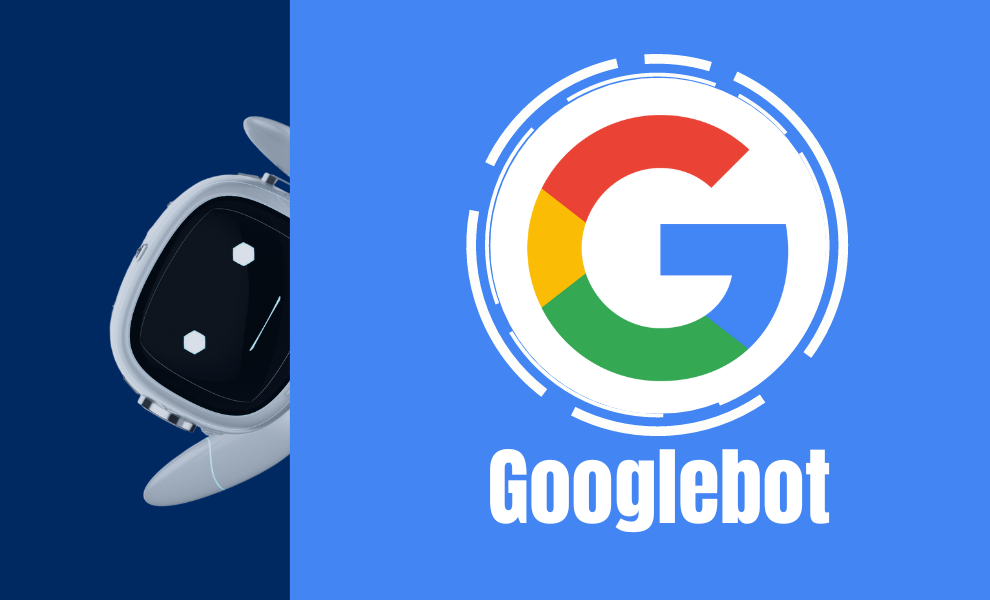Your website appears fantastic! Nevertheless, search engines are unable to find it. Does that even make sense? Not at all.
Here’s where the web crawlers and indexing come into the picture. Web crawlers, also called web spider bots, are a crucial part of SEO that uses automated software programs to find and index pages on search engines.
A site with super easy navigation, high-quality content and more facilitates a higher site crawl rate and faster indexing.
This is an exciting update for all the SEO fanatics and marketers out there. Garry Illyes and Lizzi Sassman of Google, the supreme, have shared three tips to remember to make Googlebot crawl more easily.
Let’s get through it!
The Three Things According to Google that Make a Difference on GoogleBot Crawling
High-Quality Content Increases the Crawling Frequency
Since the start, Google has prioritized its focus on high-quality content. Low-quality content is often a loss and adds no value to the audience’s mind! The Google Search Core Update 2024 was the biggest game-changer that hit most sites on the internet hard.
Gary Illyes shared the main reason for the increased crawl frequency. He says, “If a site’s content is of high quality and helpful and people like it in general, then Googlebot will, Google will crawl more from that site!”
In general, signals indicating users who find a website helpful can improve a website’s ranking. Sometimes, it may involve providing individuals with what they wish to see.
The Froot Loops algorithm is excellent! Google relies on user satisfaction signals to gauge user satisfaction with its search results.
Again, helpfulness conversations are all about knowing the online audience and giving them precisely what they need. Understanding what people want and what searchers find helpful is essential, and this will ultimately help trigger Google’s helpfulness trigger.
So, if you’re delivering an audience-focused, top-quality content strategy, Google will crawl your site 10x faster, make it visible online, and rank better!
An Increase in Publishing Activity
Another critical point that Illyes and Sassman highlighted is the sudden increase in publishing activity. This is one factor that makes Google crawl your site for more information.
Also, say you’re constantly publishing web pages on your website. But if a site is hacked and suddenly publishes many pages, even that would force GoogleBot to crawl more.
Check out what Garry says about the same,
“It can also mean that the site was hacked. And then there’s a bunch of new URLs that Googlebot gets excited about, and then it goes out and crawls like crazy.” However, increasing the publishing activity leads to Google crawling for more.
Consistency of Content Quality
Maintaining top-notch content quality should always be a priority. Consistency is critical, rather than allowing quality to lower and disturb the site’s overall value.
According to Google experts, at some point, low-quality content can surpass good content and take the rest of the site down with it. Understanding that higher rankings depend on content relevance, quality, and topicality is essential. A drop in any of these factors could affect Googlebot crawling, and Google will ultimately stop saying hello to your website pages.
If the content is static, it may lose relevance as time passes and trending topics occur. In short, there will be a drop in searches and rankings. So, updating content in a timely manner will help Google explore and crawl your site more.
Keep an eye on whether the topic has changed and whether it’s still relevant to users, readers, and others.
The Final Words
This latest update from Google will help you set your site goals! An increase in Googlebot’s crawl frequency can have a crucial impact on your website’s visibility, SEO and more. Considering the above points, rest assured you will shine in the buzzing SEO realm.
Thank you for reading!
Recommended For You:


